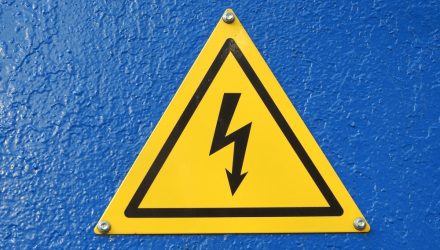Soaring electric vehicle demand, rising adoption of renewable energy sources such as wind and solar, and increasing efforts by governments to shore up electrical grids: All speak to what’s forecast to be a years-long run of high demand for so-called electrification metals.
With that, there are compelling investment implications, and some exchange traded funds provide relevant exposure. Enter the KraneShares Electrification Metals ETF (KMET). KMET, which follows the Bloomberg Electrification Metals Index, debuted last October. That could amount to excellent timing — something craved by issuers of new ETFs — because supply/demand dynamics are working in favor of the metals represented in KMET.
“While certain metals are seeing new supply become available rapidly, the supply and demand imbalances for others are expected to persist throughout 2023. There is currently not enough supply of copper, aluminum, nickel, cobalt, and lithium to power the energy transition,” noted KraneShares.
KMET is a departure from other ETFs emphasizing exposure to clean technology or electrical vehicles because the KraneShares ETF is a futures-based fund. Its holdings are futures contracts linked to commodities such as copper, nickel, zinc, and aluminum, among others — all of which are in high demand due to the ongoing renewable energy boom.
Due to an array of climate change and net-zero initiatives around the world — all of which carry substantial price tags — the electrification metals represented in KMET could be subject to increased demand and thus, higher prices. Take the case of copper.
“Copper is expected to be the most valuable among these key metals. According to BNEF, the price paid for the metal is expected to reach 5.5 times today’s market value by 2050. Other metals markets are also expected to grow substantially between now and 2050. Aluminum prices are expected to increase by 2.8 times, lithium prices are expected to increase by 7 times, and Nickel prices are expected to increase by 5 times,” added KraneShares.
Potentially boosting the near-term case for KMET is the point that demand for the metals represented in the fund won’t take years to materialize. It’s happening right now. For example, while lithium supply is slated to increase this year, it’ll be barely enough to meet demand. Lithium accounts for almost 4% of the KMET roster.
Likewise, nickel — almost 22% of KMET’s weight — is expected to see higher supplies this year relative to 2022, but demand will outstrip those supplies. Additionally, cobalt, which is another KMET component, should see elevated demand in 2023.
For more news, information, and strategy, visit the Climate Insights Channel.
The opinions and forecasts expressed herein are solely those of Tom Lydon, and may not actually come to pass. Information on this site should not be used or construed as an offer to sell, a solicitation of an offer to buy, or a recommendation for any product.

